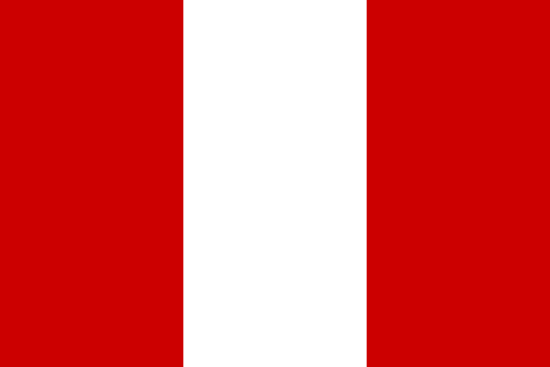Casma, the gleaming pearl of the Peruvian coast, where the desert meets the sea.
About:
Casma, a city in Peru, was established around 200 AD during the Sechin culture. It flourished under the Chimu Empire until the Inca conquest in the 15th century. The Spanish colonized it in the 16th century. Casma was devastated by an earthquake in 1970 but has since rebuilt. Today, it's an important agricultural and tourist center, known for its archaeological sites like Sechin and Chanquillo.
When to visit:
Casma is a coastal city located in the Ancash Region of Peru, known for its archaeological sites and beautiful beaches. The best time to visit Casma on a holiday is during the dry season, which runs from May to September. During this time, you can enjoy sunny weather, ideal for exploring the ancient ruins of Sechin and Chankillo. Additionally, the warm temperatures make it perfect for relaxing on the beaches and taking in the stunning views of the Pacific Ocean.
When to avoid:
The worst time to travel to Casma on a holiday is during the rainy season, which typically occurs from December to April. Heavy rainfall during this time can lead to flooding, road closures, and landslides, making travel difficult and potentially dangerous. Additionally, tourist attractions may be closed or inaccessible due to the inclement weather. Travelers are advised to check weather forecasts and plan their trips accordingly to avoid disruptions during the rainy season in Casma.
"Winter Season (Jun-Aug)"
In Casma, Peru, the wettest period is from January to March, with temperatures averaging 26°C. Rainfall can reach up to 30mm, though this desert city is known for its generally dry climate. Sunlight is abundant, with around 6 hours daily, and cloud cover is minimal. An average day for a visitor during this period may involve a brief, light rainfall, followed by warm, sunny weather. It's a great time for outdoor activities, just remember to stay hydrated and wear sun protection.
Summer (December–April)
Casma, Peru experiences its warmest part of the year from November to April, during which the average high temperatures range from 28°C to 32°C. Despite being the warmest period, it also coincides with the rainy season with monthly rainfall averaging between 60mm and 80mm.
The humidity levels are high during this time, often exceeding 80%, which can make the heat feel more intense. However, the region still enjoys a fair amount of sunlight, with an average of 6 to 7 hours per day. Cloudiness varies, but generally, mornings start with clear skies, with clouds accumulating towards the afternoon, often leading to rainfall.
A typical day for a visitor during this season would start off warm and sunny, perfect for morning activities. As the day progresses, the heat and humidity increase, making it feel hotter than the actual temperature. Afternoons might require some indoor activities or a restful siesta to escape the peak heat and potential rainfall. Despite the occasional rain and humidity, the warm season in Casma offers a tropical experience with plenty of sunshine.
Language:
In Casma, a city in the Ancash Region of Peru, the most commonly spoken language is Spanish, as it is the official language of Peru. However, a significant number of residents also speak Quechua, an indigenous language of the Andean region.




